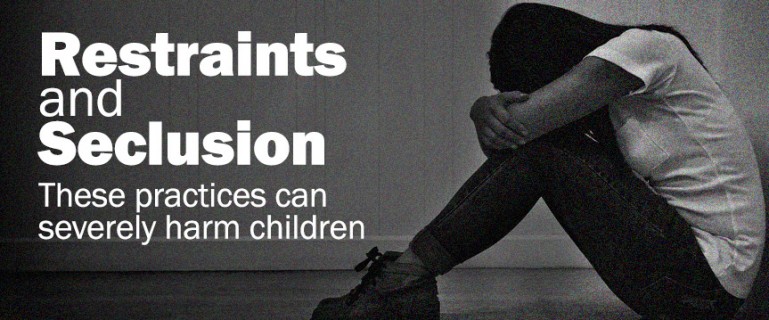DRC bill limiting the use of restraint and seclusion in schools passes legislature

DRC bill limiting the use of restraint and seclusion in schools passes legislature

(Sacramento, CA – August 31, 2018) - A bill limiting the use of restraint and seclusion in schools passed the legislature today and is on its way to the governor’s office for his signature. The bill, AB 2657, is sponsored by Disability Rights California and authored by Assembly Member Shirley Weber (D-San Diego). While this bill does not eliminate these procedures, it does limit the use of particularly dangerous practices and provides guidance to personnel on when and how seclusion and restraints are permissible. It provides similar protections used in other settings like health and community care facilities.
“We are increasingly concerned about the use of restraints and seclusion to discipline and control students who have behavioral challenges.” said Leslie Morrison, who leads Disability Rights California’s abuse investigations work, “Studies have shown these techniques can traumatize students and may result in death.”
The bill prohibits education staff from using particularly dangerous restraint practices and specifies that they must closely monitor students when physically restrained and in seclusion.
The bill will help address problems identified in a recent report by the United States Government Accountability Office (GAO). That report showed that students with disabilities and African American boys were at higher risk of being disciplined using restraint and seclusion. The report also raised concerns about the overuse of restraint including a California student with autism who was held face down 92 times over a period of 11 months.
Disability Rights California is a non-profit organization founded in 1978. We protect the rights of people with disabilities.




